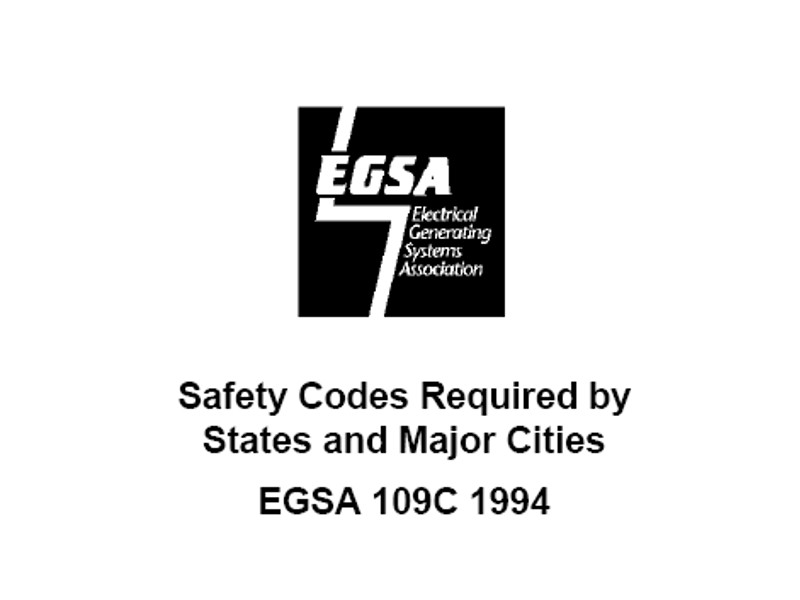The term “authority having jurisdiction,” commonly referred to as AHJ, can be confusing as it covers a variety of regulating organizations. Its most common application is in reference to the building official responsible for building code enforcement.
The National Fire Protection Association (NFPA), which uses the term throughout their codes and standards, has officially defined it as “the organization, office, or individual responsible for approving equipment, materials, an installation, or a procedure.”
Some common AHJs are further defined by NFPA: “Where public safety is primary, the [AHJ] may be a federal, state, local, or other regional department or individual such as a fire chief; fire marshal; chief of a fire prevention bureau, labor department, or health department; building official; electrical inspector; or others having statutory authority. For insurance purposes, an insurance inspection department, rating bureau, or other insurance company representative may be the [AHJ]. In many circumstances, the property owner or his or her designated agent assumes the role of the [AHJ]; at governmental installations, the commanding officer or department official may be the [AHJ].”
To help identify the AHJ and which local codes and standards have been adopted, it is best to start with the Fire Marshall's office, especially for installing emergency power supply systems (EPSS) where life safety or public safety is a concern.
The Electrical Generating Systems Association (EGSA) has compiled a list of Safety Codes Required by States and Major Cities. It is available for download here.
.png)






